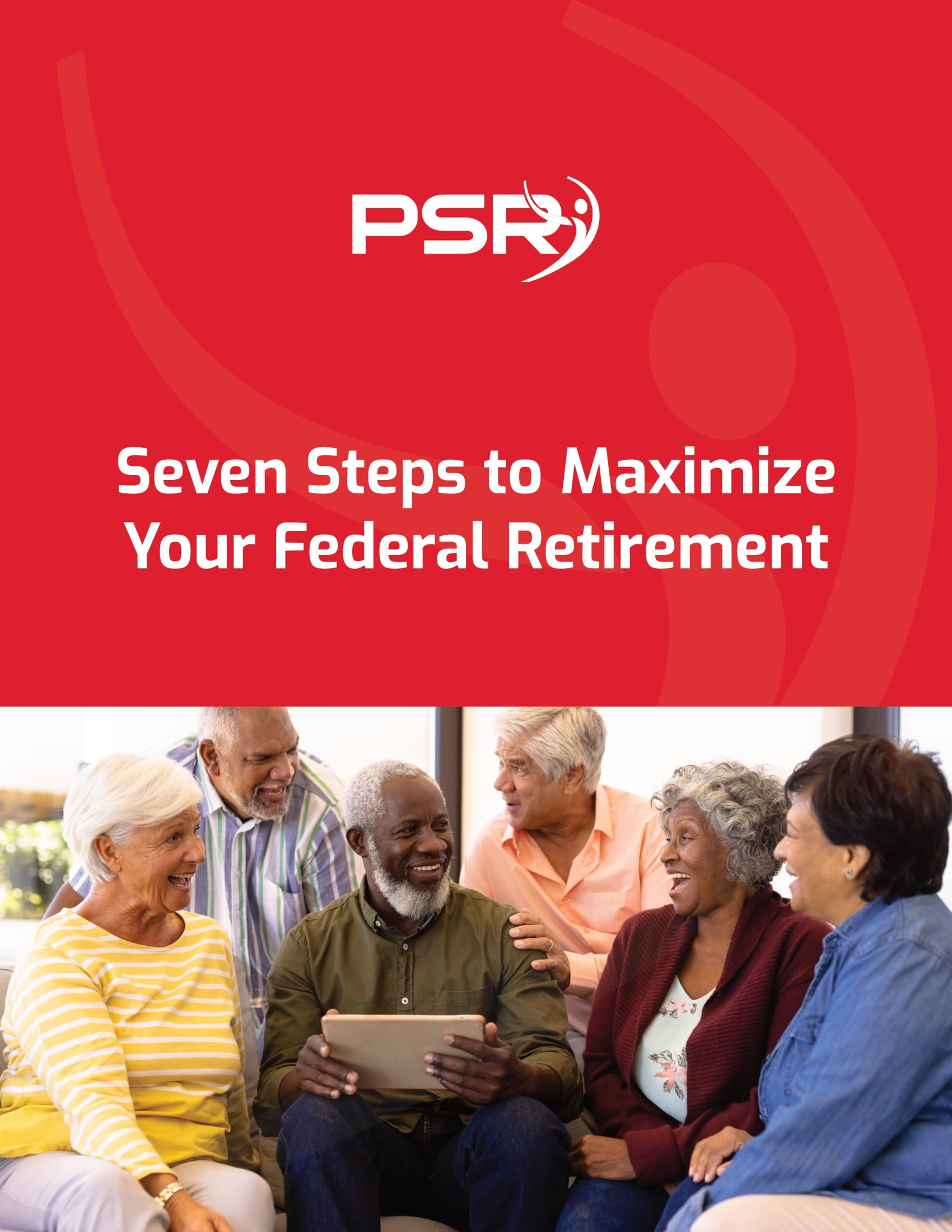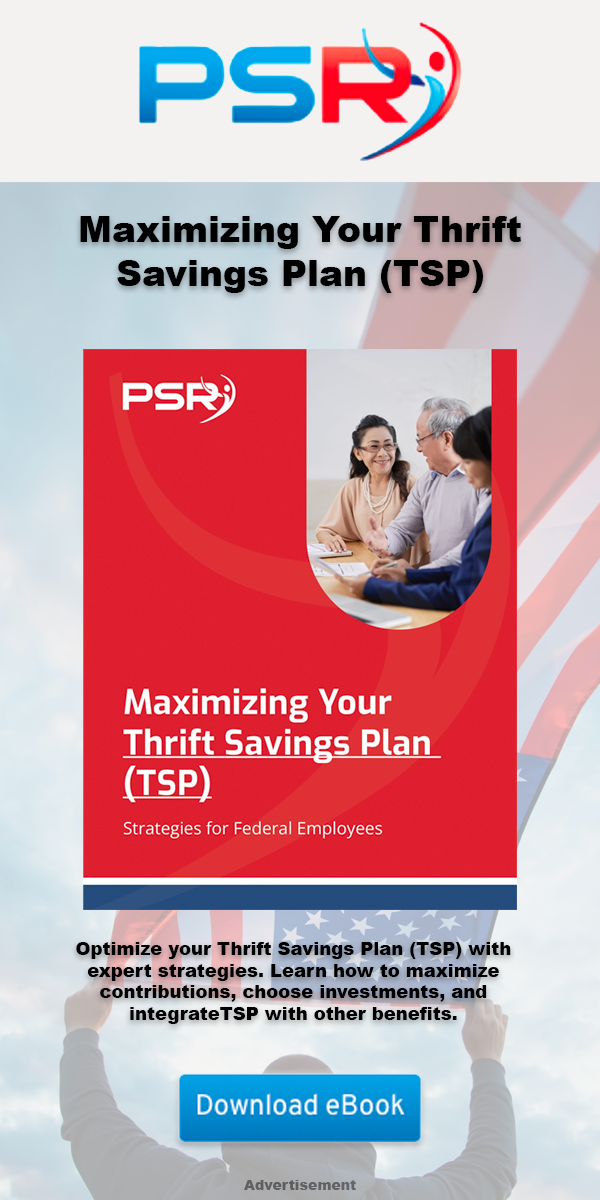Since its introduction about seven years ago, phased retirement is still uncharted waters for most Federal employees, especially when you compare it to other systems that have been around for longer periods. To reduce the mystery surrounding this great system, here are details about phased retirement, what it means and how it can benefit those who opt for it.
How Does Phased Retirement Work?
Feds who wish to apply for phased retirement have to ensure they are eligible for it, and then they apply to their agencies, which will then approve the retirement plan if it wishes. Agencies can decide the roles they want to make phased retirements available for and whether or not they wish to accept a retiree's application for the system.
- Also Read: The Latest Federal Employee News You Need to Know to Protect Your Retirement
- Also Read: Ready for Retirement? Here’s How Law Enforcement Officers Can Leave the Job with Benefits Intact
- Also Read: FAA, Law Enforcement, and Special Federal Employee Categories—Here’s What Makes Their Retirement Unique
As stated earlier, phased retirement is a win-win situation for both parties. Under the system, agencies will pick their most exemplary employees’ brains for a more extended period, and employees get to test retirement without being fully retired.
Eligibility
Eligibility for phased retirement is different under the CSRS and FERS. In the former, employees can apply for phased retirement if:
They are fifty-five with a minimum of thirty years in the system
They are sixty with a minimum of twenty years in the system
In the latter, employees can apply for the program if:
They are at the MRA and have been a Federal worker for thirty years
They are sixty years and have been a Federal worker for twenty years
Workers applying for phased retirement should have also spent a minimum of three years preceding their retirement in full-time federal employment. Feds under sixty-two + five years provision are eligible for immediate retirement but not for phased retirement. Workers with deferred retirement, discontinued careers, and some others are also not eligible for phased retirement.
Employees that have received a buyout offer to retire cannot apply, but those already in phased retirement can accept a buyout to retire fully. According to regulations, employees under phased retirement have to put in between twenty to eighty percent of the total working hours or work for one to four days per week. The OPM demands that employees in phased retirement spend their first phased retirement period working half time.
Mentorship is also essential under the system, and workers who are in phased retirement will have to mentor some of their colleagues. Agencies oversee the mentorship program for progress.
Benefits Under Phased Retirement
In terms of benefits, employees under the system are closer to active employees than retired ones. They get most of the benefits of engaged employees, such as FEHB and FEGLI coverage, the opportunity to pay premiums of insurance packages in pre-tax instead of after-tax dollars, and continued TSP contributions. The government would also keep matching their contributions into the TSP accounts, though not all agencies accept this.
Employees under phased retirement also get the opportunity to keep accruing unused leave. However, their benefits will come with deductions due to the time the employees spend off the job. Besides, the FERS will review the employees' years of service calculation after they finally retire. So, employees will receive more benefits from unused leave and others after they fully retire.
Conclusion
These are the general rules governing phased retirement, though each agency has its peculiarities. It is best to consult your agency to iron out the system’s kinks if you feel like opting for phased retirement. After that, you can then decide to go ahead with it or not.












